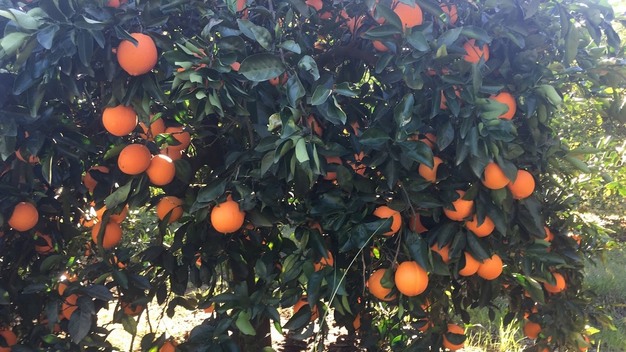Uruguay, which exports more than 70,000 tons of citrus a year and has a strong presence in markets such as the United States, Europe, and Brazil, seeks to differentiate itself from large citrus-producing countries. However, this is difficult due to different challenges such as trade barriers, climate change, and logistical problems.
"The market has evolved with some ups and downs. Uruguay is a relatively small player compared to South Africa, Chile, and Peru, but our strategy is to differentiate ourselves. The bet is on new seedless mandarin varieties, with better color and taste, that allow us to compete with an added value and that is already a reality in the country's varietal structure," stated Marta Bentancur, from Upefruy (Uruguay's fruit producers and exporters' association).
The Mercosur-EU trade agreement offers new opportunities. "It would allow us to reintroduce mandarins to the European market," Bentancur explains. In 2014, the import tariff was raised to 16%, forcing Uruguay to shift most of its exports to the US. A new treaty could be a game-changer for Uruguayan exporters.
"Climate change is playing an increasingly important role," Bentancur stated. In 2024, extreme weather conditions such as heavy rain and severe frost caused lower yields and affected the quality of citrus. Growers are therefore increasingly investing in technology to protect themselves against this.
Logistics is another challenge. "A shipment to Rotterdam used to take 14 days, and now it takes almost 30," says Bentancur. "Less regular departures and additional stops increase costs and affect the freshness of the fruit. We are in discussions with shipping companies to create more efficient shipping routes," she added.

The Uruguayan citrus industry is working on measuring its carbon and water footprints via an ongoing project that will allow all companies in the sector to calculate and reduce their environmental impact.
Research into new varieties is also receiving increasing attention. "Some are in the process of being patented abroad, which could open up new commercial opportunities. Our National Research Institute (INIA) is looking, for example, to get ahead of the Clemenules variety by approximately two weeks, with emphasis on hybrids that can change color naturally on the plant, avoiding the post-harvest de-greening process. There are advances in other citrus, such as a seedless lemon and new varieties of Valencia oranges, which are projected to dominate a significant part of this segment in the coming years.," she said. Genetic innovation will be key in the coming years, she added.
"We expect a better season in 2025 thanks to an increase in production brought by new varieties, young orchards that are becoming productive, and more favorable weather conditions, which we hope will lead to an increase in the export volume. Prices are still uncertain, but quality and differentiation remain at the heart of the strategy," Betancur stated.
For more information:
Marta Bentancur
Upefruy
Uruguay
Tel: +598 99 649 334
Email: marta.bentancur@gmail.com
www.uruguayfruits.com.uy
